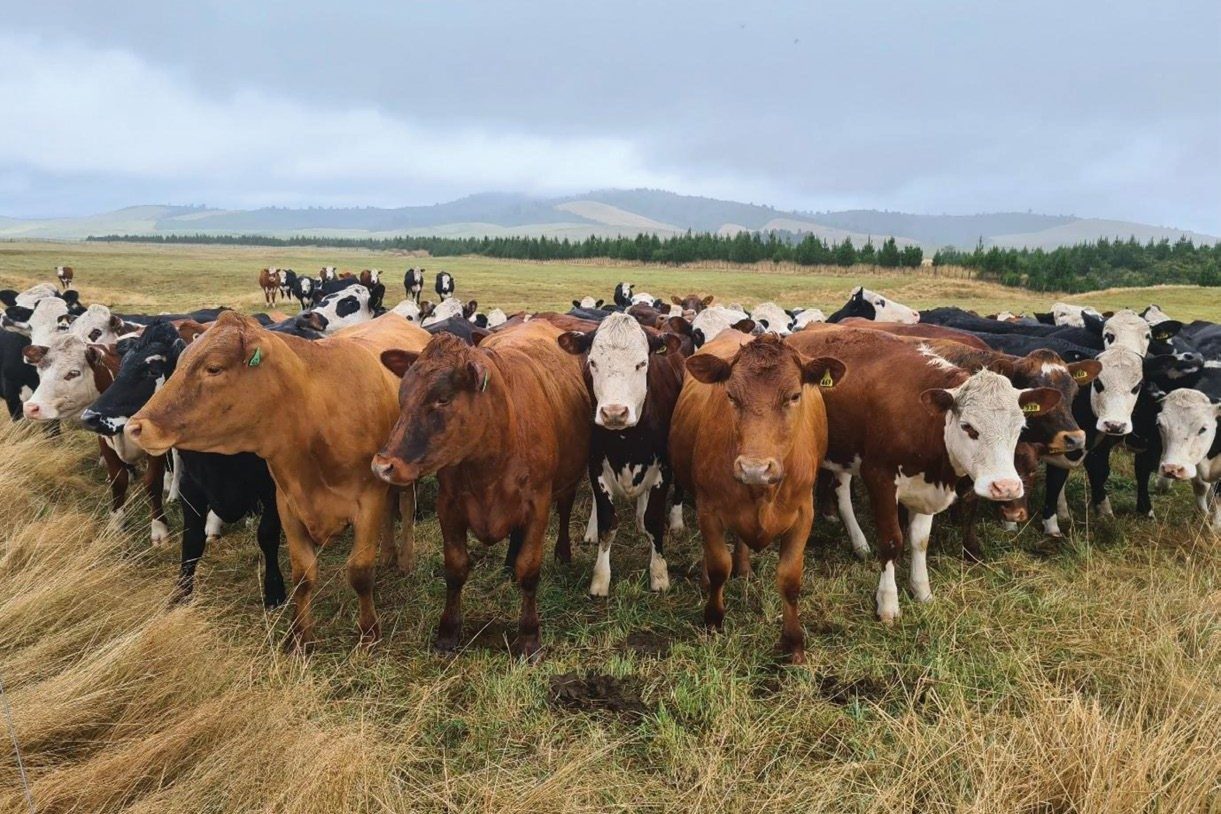 Our beef grading and payment systems and associated marketing need positive change sooner rather than later to make way for new ways to better reward farmers for quality beef.
Our beef grading and payment systems and associated marketing need positive change sooner rather than later to make way for new ways to better reward farmers for quality beef.
There’s not much a farmer can do to fend off rising costs but those entrusted with marketing their beef at least have the opportunity to increase rewards for those farmers who want to step-up and produce beef that’s better than average.
Thankfully in NZ we can reference a rich bank of research history, albeit mostly generated more than 30 years ago. The evidence from our beef research is clear-cut in that young, well-grown pasture-fed beef is best by far. It’s tender, lean and packed full of Omega 3 and Omega 6 in near-perfect balance – it’s naturally good for you.
But young, naturally raised spring-born animals from a one-winter all-pasture system are not heavy enough to reach carcaseweights (CW) with price premiums and therefore are not a profitable option. On the contrary, the best money is with a two-winter finishing policy where cattle are marketed in the 270–330kg CW range. This is despite the fact that the most tender beef comes packed into a 160–220kg CW from a one-winter system with a fashionably smaller cut size.
Just like Bluff oysters, this beef is ready in season.
Interestingly the NZ Bluff oyster season extends from March until August because that’s when they’re ready to be harvested. A NZ beef oyster season would perfectly match the Bluff oyster season by completing the year with supply from September to February – this is when these young bovines are at their best, as they are harvested from our shapely spring and early summer pasture bump.
Unfortunately, our NZ meat processors don’t believe that these smaller beef carcases have a future. They say the market doesn’t want them and people like us don’t understand how meat processing works. They say that with small carcases a meat processor cannot get enough beef into boxes in a day, and this negatively impacts plant efficiency. And yet our meat processors can process venison at 80kg CW and lambs at 20kg CW and make money. Sure, venison and lamb are bought and retailed for a bit more than beef and both have a higher percentage of higher paying cuts, but arguably there is the same potential for our ‘beef oysters’.
Despite lighter weight cattle from one-winter systems not being wanted by our beef processors, the facts are that a one-winter animal occupies half the land area compared to its older brothers and sisters on a two-winter finishing regime. The one-winter cattle are also smaller and therefore kinder on our soils, are more feed conversion efficient and produce much less methane over their lifetime.
Certainly, the payment and grading system heavily penalises cattle at lighter weights and instead continues to incrementally reward cattle as they get older and bigger despite the fact their beef eating quality declines. That’s what you get when most of our beef is bought and sold through a price averaging system with the associated lowest common denominator outcomes.
The messages sent to our farmers through our beef grading and payment systems are broken and have been for a very long time. Yes, there are some beef quality reward programmes offered by some of our meat companies, but the premiums are low relative to the average strike rates.
Firstly, the average strike rates tell us that less than half of our beef is good enough to be paid a premium. Secondly, it tells us that our meat companies do not have the ability to pass on a satisfactory market reward, even when the beef is high quality. Thirdly, when we learn that these quality reward programmes are often over subscribed, it tells us that farmers are responsive and able to supply cattle for even a small reward. The fact that a meat company can be over subscribed also tells us that they have limited markets for quality beef, or that they don’t know how or where to market this superior product.
- Bob Thompson is a beef and sheep specialist with AgFirst Waikato.





